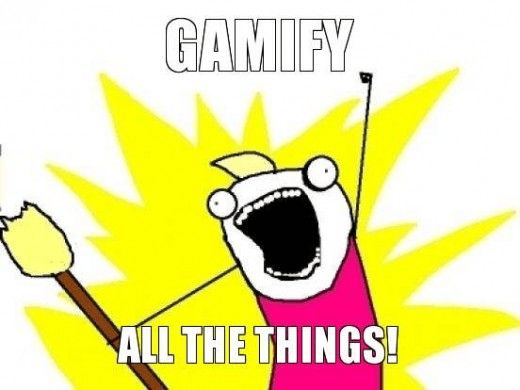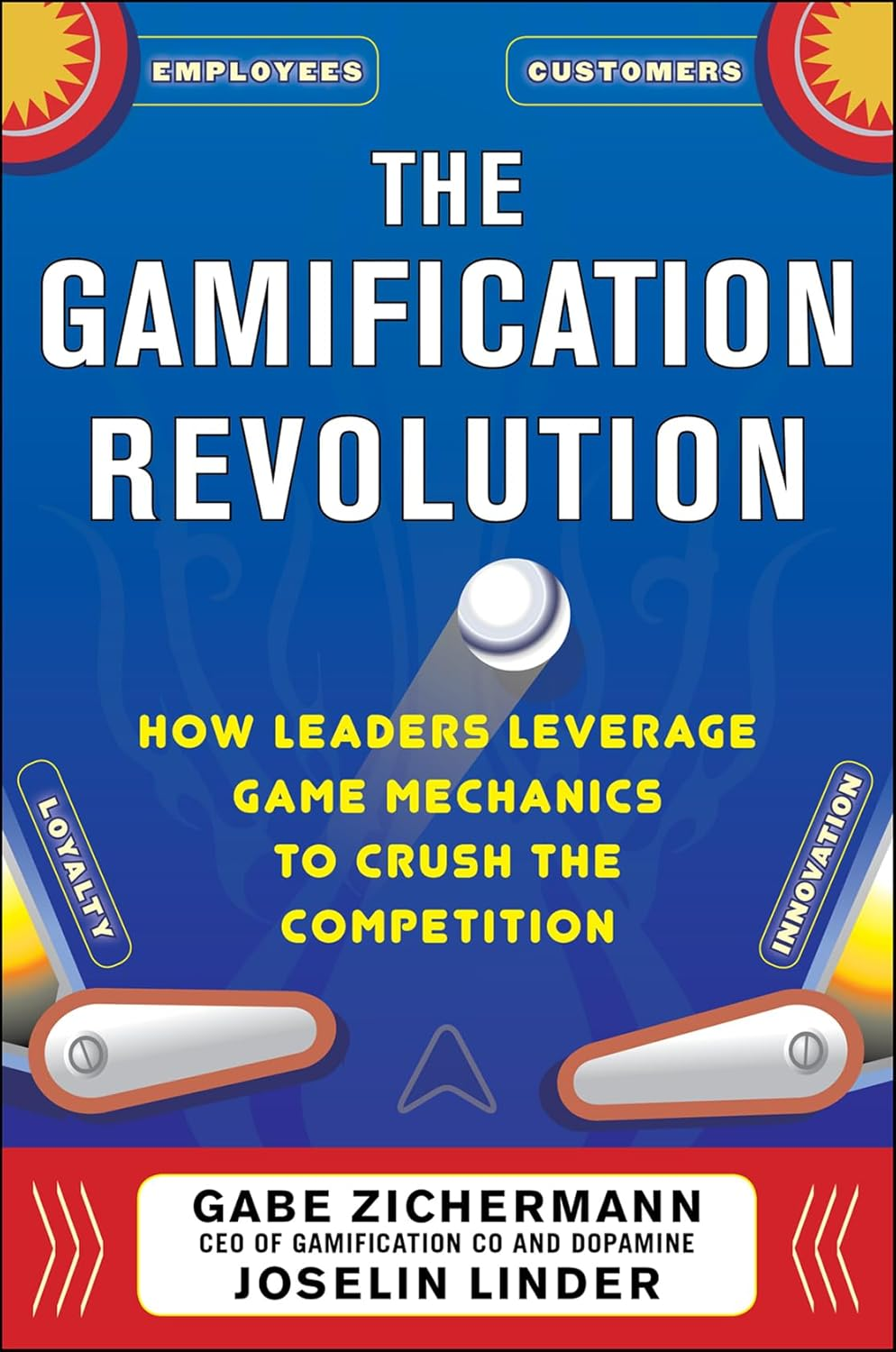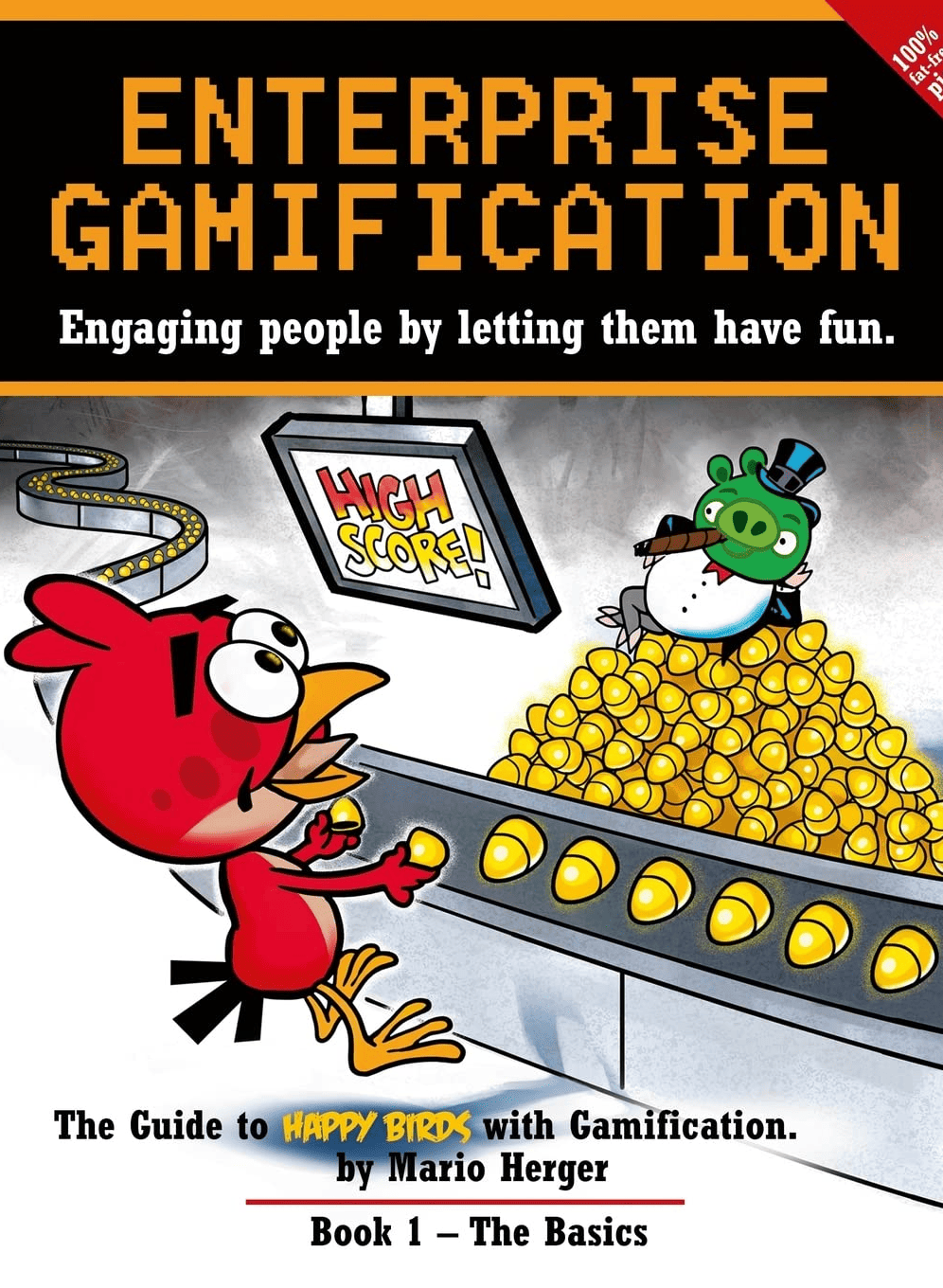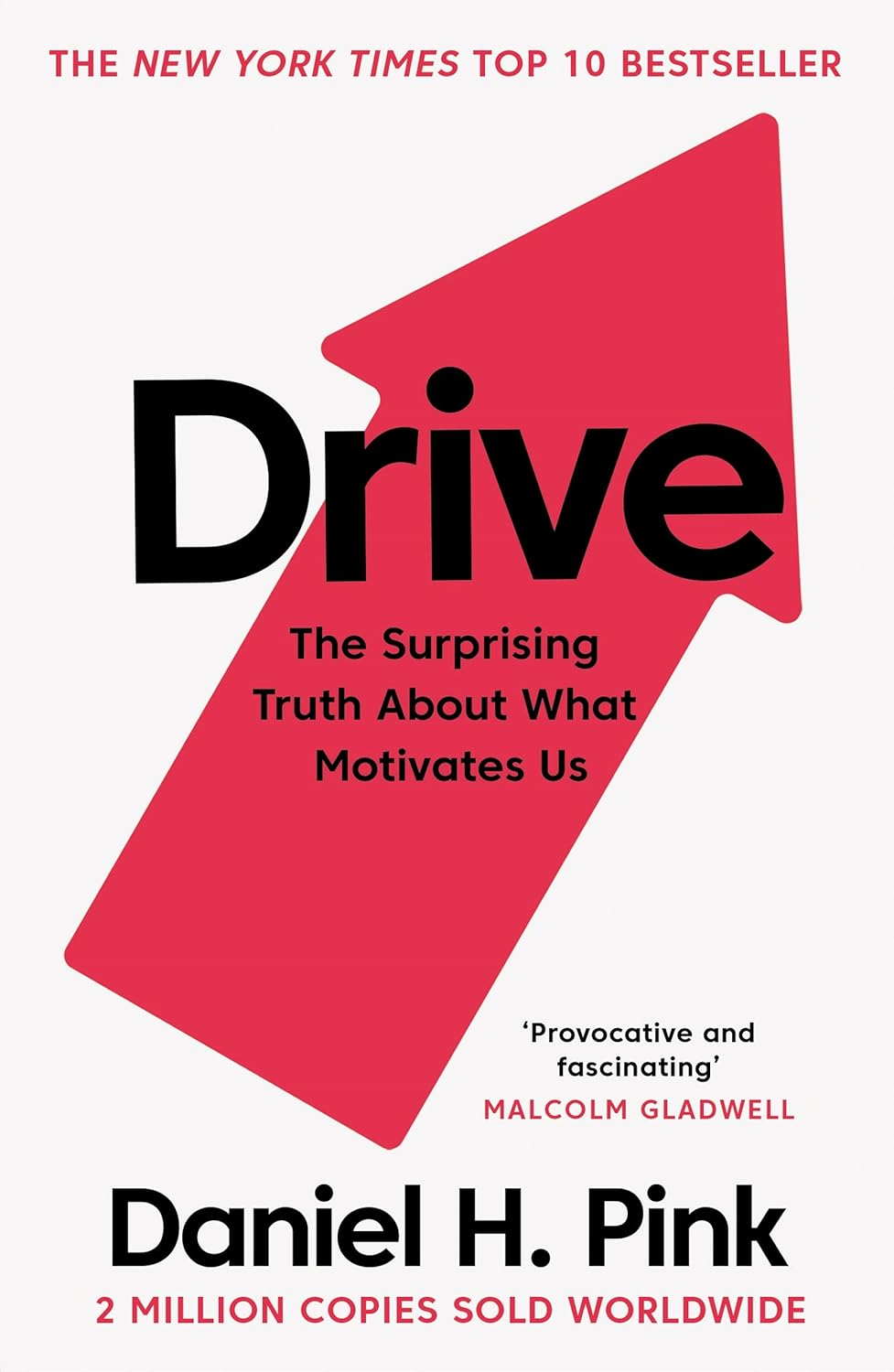Learn how to create a project roadmap for strategic project planning, timeline management, and team alignment. This article is especially helpful for project managers looking for a structured and clear way to organize project execution. Key takeaways St
Boost workplace productivity with gamification strategies
In a world where workers live from weekend to weekend, only fun can save the day. In this case, gamification comes to the rescue. In this article, we’ll explore how to implement it most effectively.
Key Takeaways
Effective gamification strategies increase employee engagement by 35%
Companies using gamification in the workplace report a 27% increase in productivity
Gamified training programs improve knowledge retention by 40%
Gamification in simple terms
Essentially, gamification is the process of turning routine tasks into a game. For example, imagine your morning routine. Every day you have to complete the same tasks: have breakfast, pack your bag, leave the house. Instead of just doing them one by one, you turn it into a game: each action becomes a mission with a goal (e.g., “make breakfast in 10 minutes”), and for each successful completion, you earn points or bonuses. You can create mini-goals that encourage you to complete them faster or more efficiently, like “pack your bag in 3 minutes.” Just like in gamification at work, you're not just performing actions — you’re setting goals, earning rewards, and feeling satisfaction from achieving them.
The same applies to work processes: tasks become challenges, goal achievement is rewarded (whether in the form of points, bonuses, or simply the feeling of success), which boosts motivation and makes work more engaging and less monotonous.
Key elements of success:
- Points System. Tracking daily/weekly progress.
- Leaderboards. Healthy competition between teams.
- Badges. Recognition of specific skills and achievements.
- Challenges. Creating engaging short-term and long-term goals.
- Rewards. Providing meaningful material and intangible incentives.
- Progress Indicators. Visualizing progress towards goals.
Safe implementation
Before rushing to implement gamification in the workplace, organizations need to understand their unique culture and objectives. A startup may benefit from a fast-paced, competitive system, while a more established company may focus on collective achievements and long-term development. Deloitte's success story serves as a compelling example. They revamped their leadership training program by incorporating gamification elements such as achievement badges, progress indicators, and leaderboards. The result? Training time was reduced by 50%, and voluntary participation increased by 46%.
Key areas for successful implementation:
- Skills-based achievements with clear progress paths.
- Interactive training quests with rewards for milestones.
- Knowledge competitions among teams.
- Certification tests with public recognition.
The impact can be significant. Companies report that gamified training programs not only improve completion rates but also lead to better retention and application of new skills.
Practical examples
To make this more convincing, let's take a look at how different industries effectively use gamification. The sales department at Salesforce uses a creative system where representatives go through various "adventure levels" as they achieve goals. Each level brings new challenges and rewards, maintaining engagement throughout the year.

Practical Examples
To make this more convincing, let's take a look at how different industries effectively use gamification. The sales department at Salesforce uses a creative system where representatives go through various "adventure levels" as they achieve goals. Each level brings new challenges and rewards, maintaining engagement throughout the year.
Customer support teams benefit from a different approach. Zappos implements a point system for customer interactions, where representatives earn points not only for speed but also for customer satisfaction ratings. This balanced approach ensures both efficiency and service quality.
For tech teams:
- Code quality competitions with expert assessments.
- Innovation challenges with real project implementation.
- Games for improving documentation.
- Bug-finding contests with team rewards.
Measuring impact
Google's experience with gamification shows the importance of measuring results. They implemented a travel expense system with gamified elements that rewarded employees for saving money on business trips. The result? A significant reduction in travel expenses while maintaining employee satisfaction with the travel policies.
Key metrics to track:
- Employee engagement levels
- Task completion efficiency
- Quality improvements
- Team collaboration levels
- Business outcome improvements
Interesting fact

Organizations implementing gamification report a 48% increase in employee engagement and a 36% reduction in turnover! Studies also show that teams using gamified systems are 50% more productive when working on creative tasks.
Related articles:
For insights into productivity improvement, explore What is a Gantt chart? A guide to using Gantt charts for project management.
To enhance task management, check out Workflow templates: How to optimize processes for maximum efficiency.
For team motivation tips, read Weighted decision matrix: A simple tool for making informed decisions.
Looking ahead
The future of workplace gamification looks promising. With the development of AI and machine learning, we are seeing more sophisticated systems that can adapt to individual preferences and learning styles. Companies like Taskee are leading the way with smart gamification features that automatically adjust to user behavior and performance patterns.
Remember, successful gamification isn’t about turning work into a game — it’s about making work more engaging while achieving business goals.
Conclusion
Implementing effective gamification requires careful planning and continuous refinement. Start small, measure results, and adjust based on feedback. With platforms like Taskee and a thoughtful approach to gamification strategies, you can create a more engaging and productive workspace that benefits both employees and the business.
This translation maintains the original content and structure of your article while making it accessible to English-speaking audiences.
Recommended reading


"The gamification revolution"
Comprehensive guide to transforming business through game mechanics and motivation theory.
On Amazon
"Enterprise gamification"
Strategies and frameworks for successful implementation in corporate environments.
On Amazon
"Drive"
Understanding the psychology of motivation and engagement through gamification principles.
On Amazon






